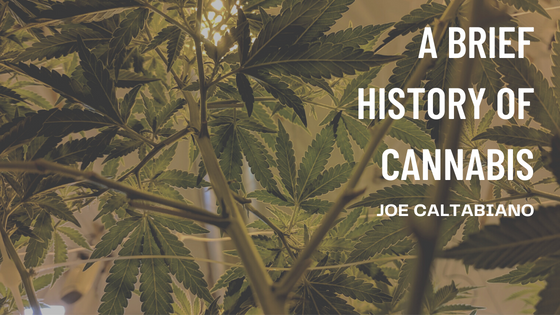The use of marijuana has been a part of human history. Most ancient civilizations didn’t grow it to get high, but it was used as herbal medicine. The cultivation of marijuana in America dates back to the early settlers, farmers who grew hemp for textiles. Due to racial and political factors in the 20th century, marijuana was made illegal in the United States. Despite the growing acceptance of marijuana, its legal status in many states is still changing.
Before people started growing marijuana in the Americas, Europe, and Central Asia, the cannabis plant had already evolved. Its seeds were used as food and clothing. Hemp fiber was also used to make sails and paper. Due to its fast-growing nature and a wide variety of uses, hemp was commonly grown in colonial America. During the 1600s, farmers in the colonies such as Connecticut, Massachusetts, and Virginia were required to grow hemp.
Early hemp plants had lower levels of THC, a psychoactive substance found in marijuana.
Some ancient cultures believed they could use marijuana for healing and religious practices. They may have cultivated various variants with high THC levels to produce high-quality products. The seeds were found in the graves of shamans in Siberia and China as early as 500 BC.
Medical Marijuana
In the 1830s, an Irish doctor named William Brooke O’Shaughnessy discovered that marijuana extract could help ease the symptoms of cholera. During the 1800s, marijuana extract was widely used in various medical procedures as it was sold in pharmacies and doctor’s offices in the United States. After further studies, scientists learned that marijuana’s medicinal properties came from the psychoactive substance THC.
As the main component of marijuana’s psychoactive effect, THC interacts with certain parts of the brain that regulate hunger and nausea. In the United States, the Food and Drug Administration has allowed the use of marijuana’s psychoactive substance in two drugs for treating nausea caused by chemotherapy.
Recreational Marijuana
According to Herodotus, a Greek historian, the Scythians, a group of Iranian nomads living in Central Asia, used marijuana to get high by smoking it. During the 800 AD period, marijuana became widespread in the Middle East and Asia. The popularity of hashish was linked to the spread of Islam in the region. Although the Quran prohibited the use of alcohol, it did not explicitly ban marijuana.
In the United States, marijuana was first used for recreational purposes in the 1900s. During the Mexican Revolution, immigrants from Mexico began using marijuana in American culture. During the Great Depression, fear of the plant and the resentment of Mexican immigrants led to the widespread ban on marijuana. By 1931, almost 30 states had already outlawed the substance.
The Marijuana Tax Act
The Tax Act of 1937 marked the first time the federal government officially criminalized marijuana. It imposed an excise tax on the production, sale, and possession of marijuana.
The first person that was prosecuted under the Act was 56-year-old Samuel Caldwell. He was arrested on October 2, 1937, for selling marijuana. He was given a four-year prison sentence.
During the Second World War, industrial hemp was cultivated in the United States. Due to the Philippines’ decline from Japanese forces, the country’s last remaining hemp fields were established in 1957.
Legalization
In 1970, President Richard Nixon signed the Drug Control Act, categorizing marijuana as a Schedule I substance, which means it has no medical use and a high potential for abuse. This led to the making of programs that promote the use of marijuana as a gateway drug.
In 1972, a report by the National Commission on Drug and Alcohol Abuse released a study that criticized the criminalization of marijuana. It suggested that the government should reduce the penalties for possessing small amounts of the substance. However, Nixon and other officials didn’t listen to the commission’s recommendations.
In 1996, California became the first state to allow patients with severe illnesses to use marijuana for medicinal purposes. Today, 29 states and the U.S. territories of Puerto Rico and Guam will enable the use of marijuana for limited medical purposes.
